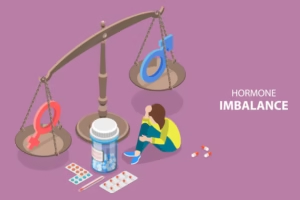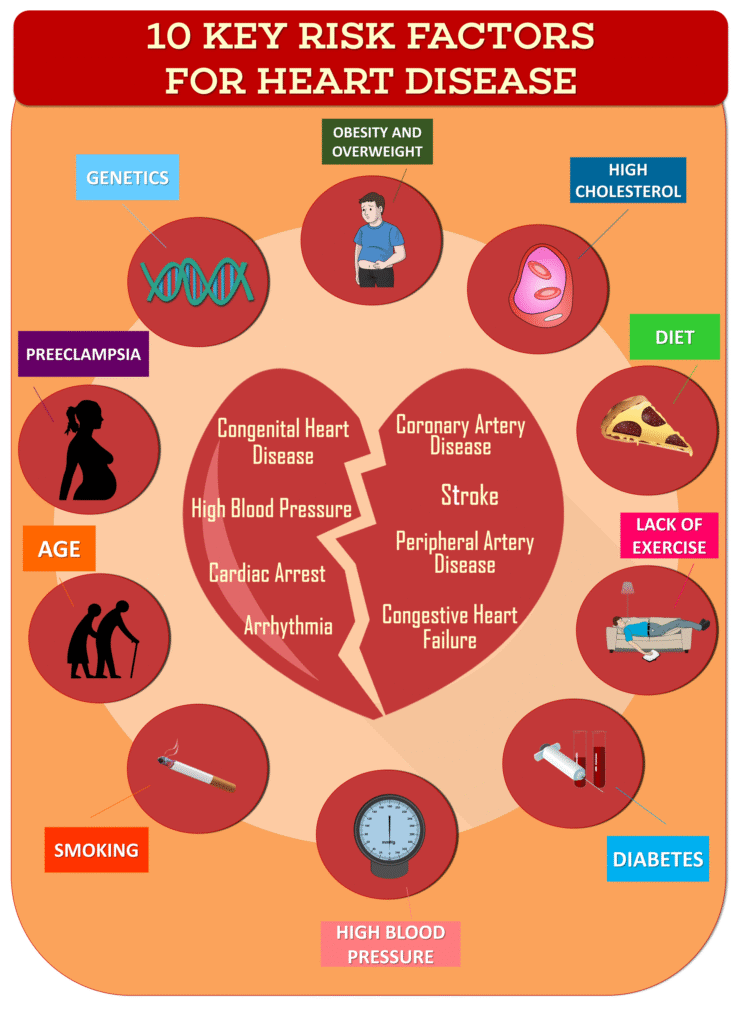By Staff Writer
The Hidden Costs of Steroid Use
Anabolic steroids, synthetic derivatives of testosterone, have gained popularity in bodybuilding, athletics, and even casual fitness circles for their ability to enhance muscle growth, strength, and overall performance. While their physical benefits may seem appealing, the potential side effects are far-reaching and often severe. Steroid use carries risks that can impact nearly every system in the body, and these consequences often outweigh the short-term gains. Here is a detailed exploration of the side effects associated with steroid use.

1. Hormonal Imbalances
Steroids work by mimicking the effects of testosterone, the body’s natural anabolic hormone. However, introducing synthetic steroids into the system disrupts the delicate balance of the endocrine system, leading to profound hormonal changes.
- For Men: One of the most common side effects is the suppression of natural testosterone production. The body reduces or halts testosterone production when synthetic hormones are present in high amounts. This can lead to testicular atrophy, where the testicles shrink due to reduced activity. Other side effects include decreased sperm production, which can result in temporary or permanent infertility. Another notable side effect is gynecomastia, or the development of breast tissue in men, caused by the conversion of excess testosterone into estrogen via aromatization.
- For Women: Steroids can cause virilization, which is the development of male characteristics in women. These changes may include a deeper voice, increased body and facial hair, an enlarged clitoris, and irregular or absent menstrual cycles. Some of these changes, such as voice deepening, can be irreversible.
- General Hormonal Impact: Steroid users often experience hormonal fluctuations that lead to mood changes, reduced libido, and other psychological effects. Post-cycle therapy (PCT) is often required to help the body restore its natural hormonal balance, but recovery is not always guaranteed.
2. Liver Damage
Oral anabolic steroids, such as Dianabol and Anavar, are particularly toxic to the liver due to their 17-alpha-alkylated structure. This modification allows the steroid to survive metabolism in the liver, but it also places significant stress on this vital organ.
- Liver Toxicity: Prolonged steroid use can elevate liver enzymes, indicating stress or damage to the liver. Symptoms of liver stress may include fatigue, nausea, and abdominal discomfort.
- Jaundice: A yellowing of the skin and eyes, known as jaundice, is a telltale sign of liver dysfunction and can occur in severe cases.
- Liver Tumors and Cysts: Chronic steroid use increases the risk of developing liver tumors, which may be benign (non-cancerous) or malignant (cancerous). Additionally, users may develop peliosis hepatis, a condition where blood-filled cysts form in the liver.

3. Cardiovascular Risks
One of the most concerning side effects of steroids is their impact on cardiovascular health. Steroids negatively affect cholesterol levels and blood pressure, increasing the risk of heart disease and other cardiovascular conditions.
- Cholesterol Imbalance: Steroids reduce HDL (good cholesterol) while increasing LDL (bad cholesterol). This imbalance contributes to plaque buildup in the arteries, leading to atherosclerosis.
- High Blood Pressure: Steroids can cause fluid retention, which increases blood volume and puts additional strain on the heart. Over time, this can lead to hypertension.
- Heart Disease and Stroke: The combined effects of cholesterol imbalance, high blood pressure, and increased arterial plaque significantly elevate the risk of heart attacks and strokes, even in young, otherwise healthy individuals.
The Hidden Costs of Steroid Use
4. Psychological Effects
The psychological effects of steroid use are often underestimated. While steroids can enhance confidence and motivation initially, long-term use can lead to severe mental health issues.
- Aggression and Irritability: Commonly referred to as “roid rage,” heightened aggression is a known side effect of steroid use. Users may experience intense irritability and hostility, which can strain relationships and lead to violent behavior.
- Mood Swings: Emotional instability is another side effect, with users experiencing euphoria followed by severe depression. These mood swings can worsen after discontinuing steroid use, leading to withdrawal symptoms.
- Dependency and Addiction: Steroids can be psychologically addictive, as users may develop a dependency on their effects, particularly on the enhanced physical appearance and performance. Quitting can lead to depression and a sense of inadequacy.
5. Aesthetic and Dermatological Changes
Steroids also manifest their effects outwardly, leading to noticeable changes in skin and hair.
- Acne and Oily Skin: Steroids stimulate sebaceous glands, increasing oil production and leading to severe acne, particularly on the back and shoulders (commonly called “steroid acne”).
- Hair Loss: Steroids can accelerate male-pattern baldness in genetically predisposed individuals, causing permanent hair loss.
- Water Retention: Many steroids cause fluid retention, leading to bloating and a puffy appearance. This can obscure muscle definition and give a “smooth” look to the physique.
- Stretch Marks: Rapid muscle growth can outpace the skin’s ability to expand, leading to noticeable stretch marks.
6. Immune and Musculoskeletal Issues
While steroids promote muscle growth, they can weaken other parts of the body, leading to an increased risk of injury and illness.
- Immune Suppression: Steroids can compromise the immune system, making users more susceptible to infections and illnesses.
- Ligament and Tendon Damage: While steroids enhance muscle strength, they do not proportionally strengthen ligaments and tendons. This imbalance increases the likelihood of tears and injuries, particularly during heavy lifting.

7. Long-Term Risks
The cumulative effects of steroid use can lead to long-term health problems, many of which may not be immediately apparent.
- Kidney Damage: Steroids can impair kidney function, particularly when combined with a high-protein diet common in bodybuilding.
- Endocrine Disorders: Chronic steroid use can permanently alter the body’s hormonal systems, leading to conditions such as hypogonadism (low testosterone) and adrenal insufficiency.
- Psychological Scarring: Long-term users often struggle with body image issues after discontinuing steroids, leading to anxiety, depression, and eating disorders.
Conclusion
The allure of anabolic steroids lies in their ability to deliver rapid gains in muscle mass, strength, and athletic performance. However, these benefits come at a significant cost to physical and mental health. The side effects of steroids are far-reaching, impacting everything from hormonal balance to cardiovascular health, mental stability, and even physical appearance. While some side effects may be reversible with proper post-cycle therapy and cessation, others can cause lasting damage.
For those considering steroid use, it is essential to weigh the short-term rewards against the long-term risks. Safer, natural alternatives, such as proper nutrition, structured training, and adequate rest, are often more sustainable ways to achieve fitness goals. Consulting with healthcare professionals and seeking reliable information is crucial to making informed decisions about steroid use. The hidden costs of steroids serve as a stark reminder that shortcuts in fitness often come with significant consequences.






